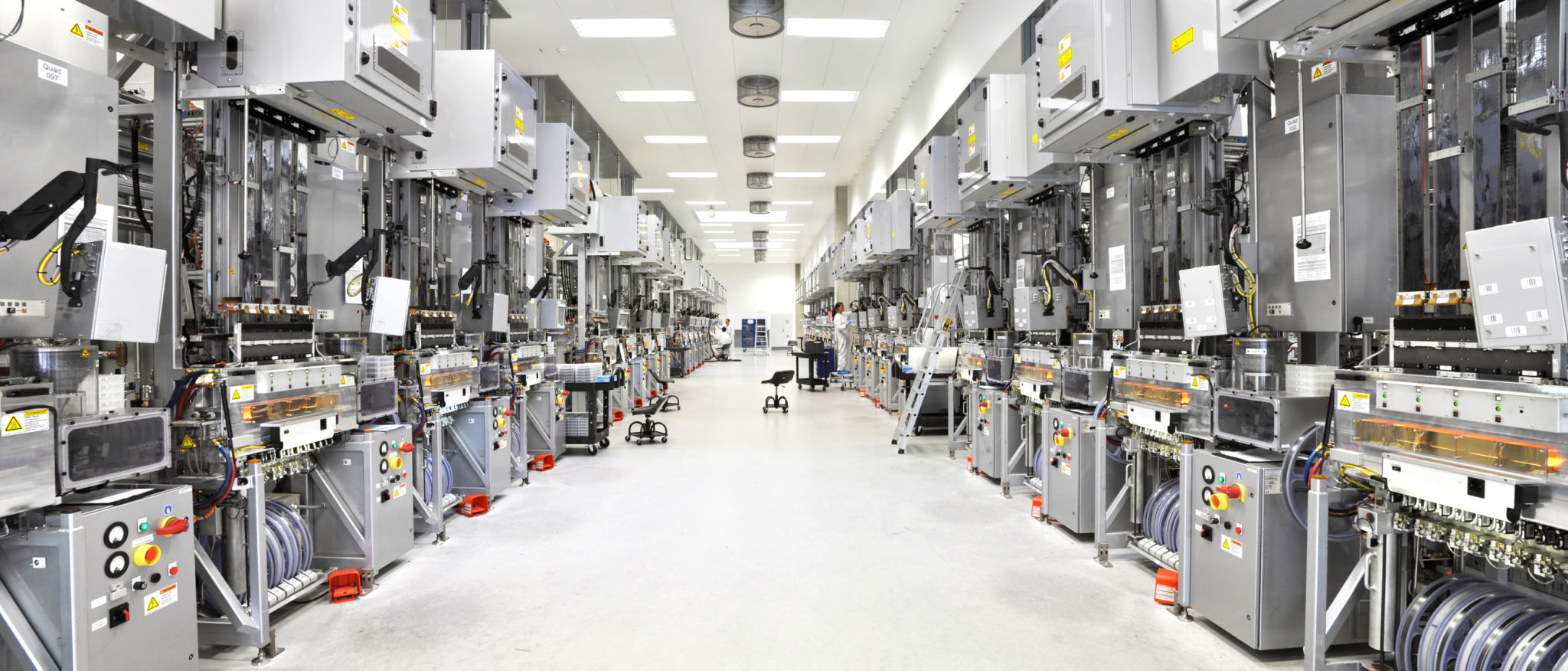Preparing for Peak Seasons: Ensuring Your Packaging Machinery is Up to the Task
Understanding the Importance of Peak Season Preparation
For businesses that rely on packaging machinery, peak seasons represent both an opportunity and a challenge. Whether it's the holiday rush, back-to-school season, or any other busy period, your packaging systems must be ready to meet increased demand. Ensuring that your machinery is up to the task is crucial for maintaining productivity and meeting customer expectations.
Peak seasons can put a strain on your equipment, leading to potential breakdowns and costly downtime. Preparing in advance can help mitigate these risks and ensure a smooth operation. By taking proactive steps to ready your machinery, you'll be better positioned to capitalize on the busy season's opportunities.

Conducting a Thorough Equipment Inspection
Before peak season hits, it's essential to conduct a comprehensive inspection of your packaging machinery. This involves checking for wear and tear, ensuring all components are functioning correctly, and identifying any parts that might need replacement. Regular inspections can help detect issues before they become significant problems, thus reducing the risk of unexpected downtime.
Consider creating a checklist for your inspection process. Key areas to focus on include:
- Checking belts and gears for signs of wear
- Ensuring electrical components are in good working order
- Verifying the accuracy of scales and sensors
- Inspecting lubrication systems
Implementing Routine Maintenance Practices
In addition to inspections, routine maintenance is vital for keeping your packaging machinery in peak condition. Regular maintenance tasks such as cleaning, lubricating, and calibrating should be scheduled well ahead of peak periods. These practices not only extend the lifespan of your equipment but also enhance its performance during high-demand times.

It's important to establish a maintenance schedule that aligns with your production cycles. This ensures that your machinery is always ready to handle increased workloads without interruptions. Consider involving your team in these practices by providing training on basic maintenance techniques.
Upgrading and Optimizing Your Equipment
If your machinery is outdated or struggling to meet current demands, it might be time to consider upgrades or optimization. Investing in newer technology can improve efficiency, reduce the risk of breakdowns, and increase production speeds. Additionally, optimizing existing equipment through software updates or retrofitting can enhance performance without the need for a complete overhaul.
Before making any upgrades, evaluate your current and future needs. Collaborate with equipment suppliers to explore options that match your production goals and budget constraints.

Training Your Team for Efficiency
Your team plays a critical role in ensuring that packaging machinery operates smoothly during peak seasons. Providing training on equipment operation and troubleshooting can empower your staff to address minor issues quickly, minimizing downtime. Training should also cover safety protocols to protect both employees and equipment.
Consider scheduling refresher courses before peak periods to reinforce best practices and introduce any new procedures or technologies that have been implemented.
Establishing a Contingency Plan
No matter how well-prepared you are, unforeseen issues can still arise. It's essential to have a contingency plan in place to address potential breakdowns swiftly. This plan might include having spare parts on hand, access to emergency repair services, or a backup system ready to go.
A detailed contingency plan can help reassure both your team and clients that you're equipped to handle any challenges that come your way during peak seasons.

Monitoring Performance During Peak Periods
Once the peak season begins, continuous monitoring of your machinery's performance is crucial. Utilize data analytics and monitoring tools to track productivity levels, identify bottlenecks, and assess equipment health in real-time. This data-driven approach allows you to make informed decisions quickly and adjust operations as needed.
Regularly reviewing performance metrics will not only help you manage current demands but also provide insights for future improvements.
Reflecting on the Season's Successes and Challenges
After the peak season concludes, take time to analyze what went well and what could be improved. Gather feedback from your team and review performance data to identify areas for enhancement. This reflection process is invaluable for preparing even more effectively for future peak periods.

By learning from each peak season experience, you'll continue refining your strategies and ensuring your packaging machinery is always up to the task.
